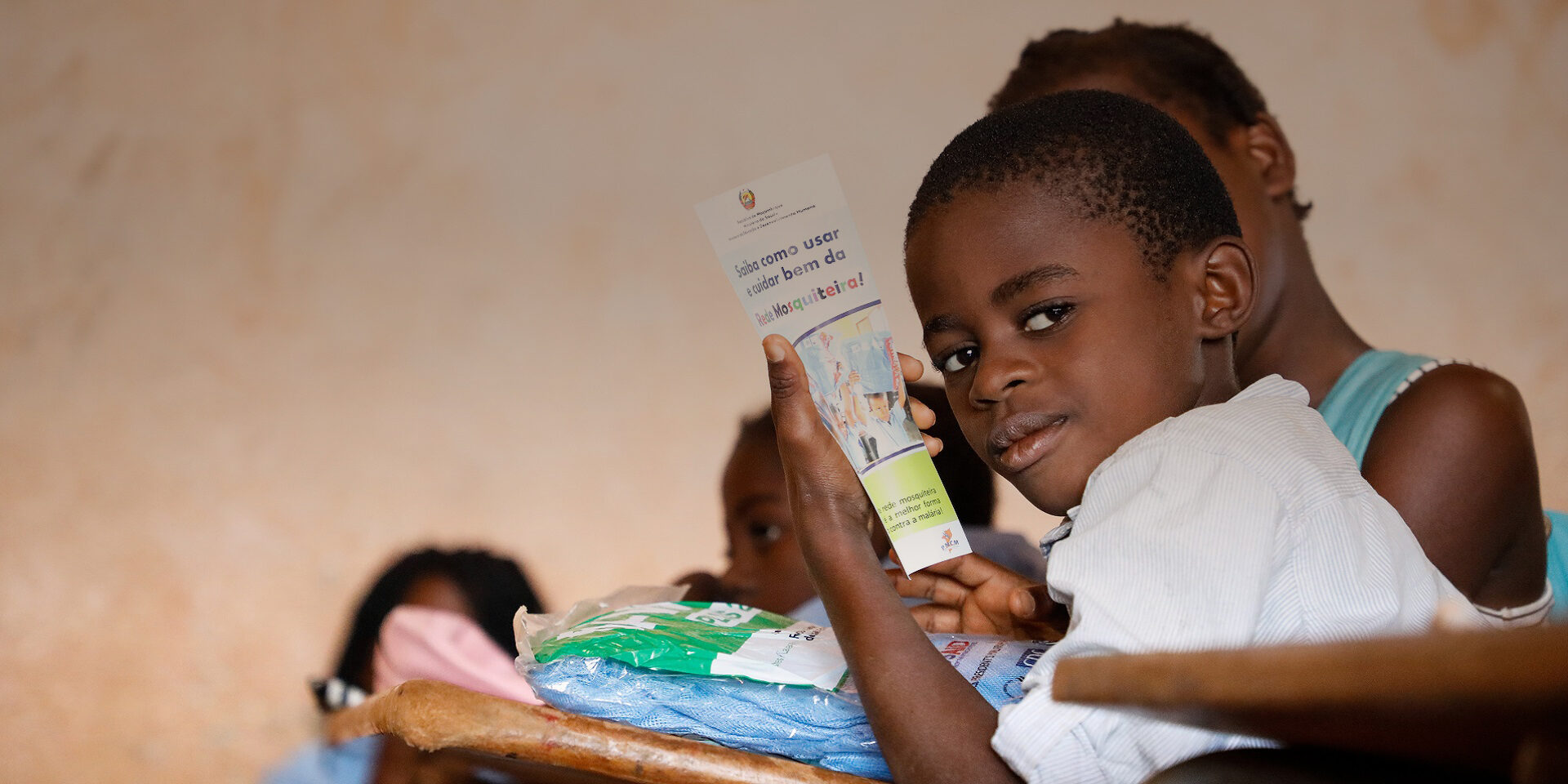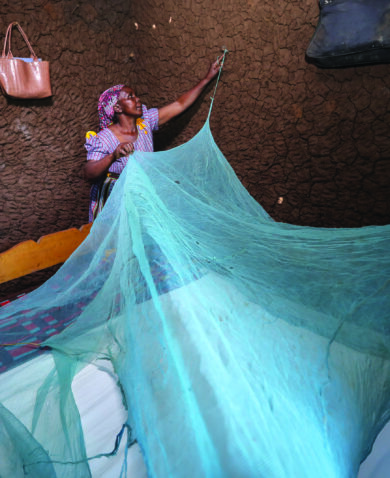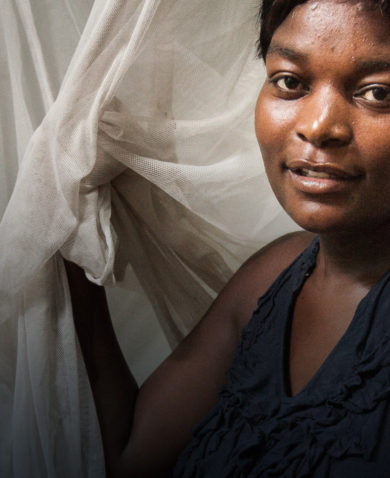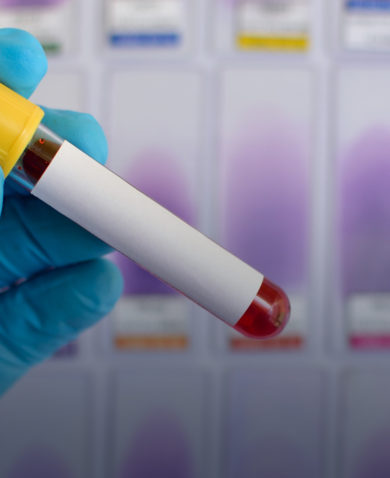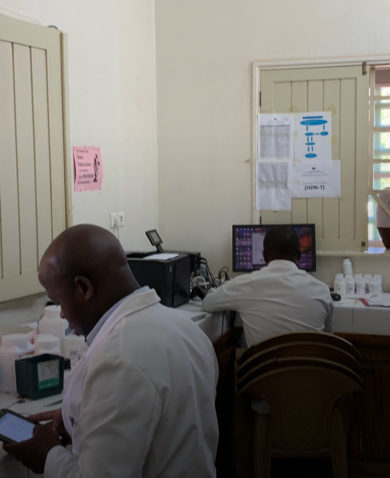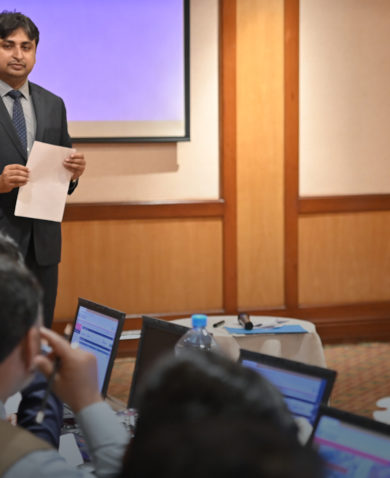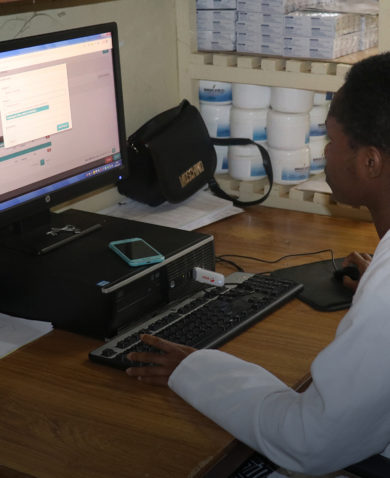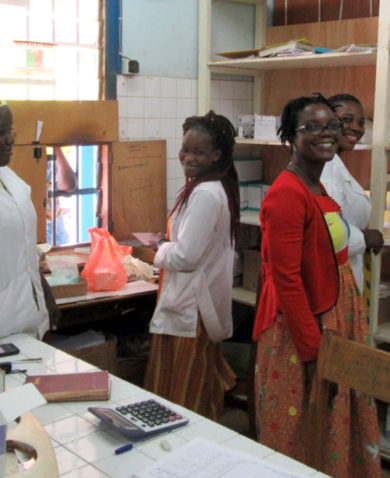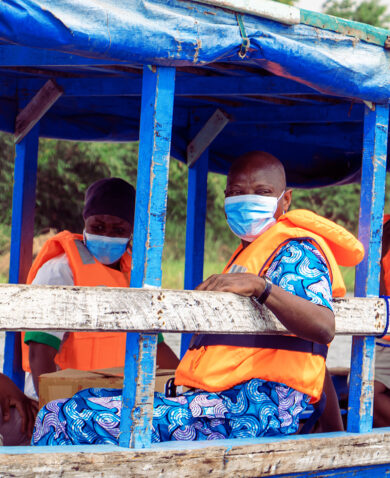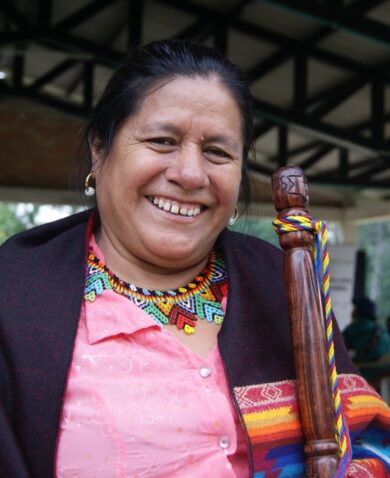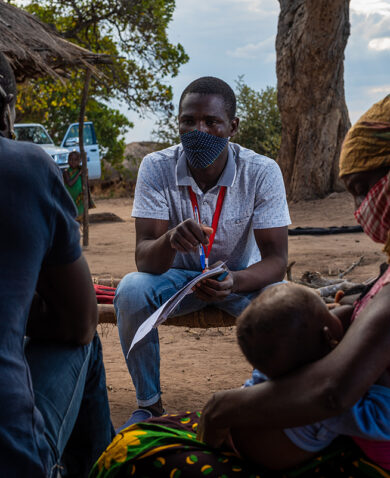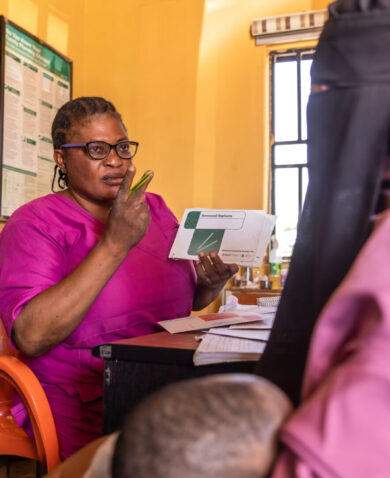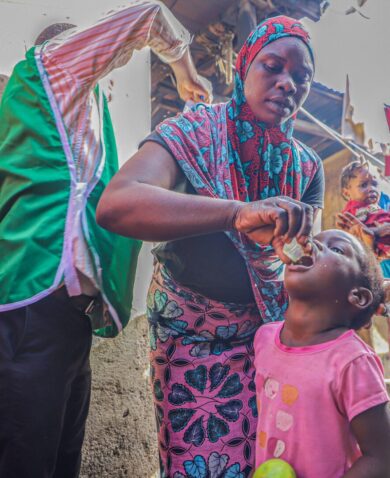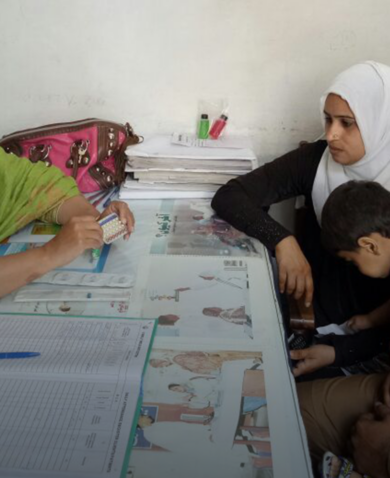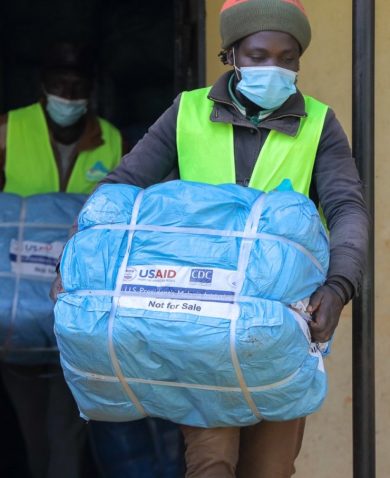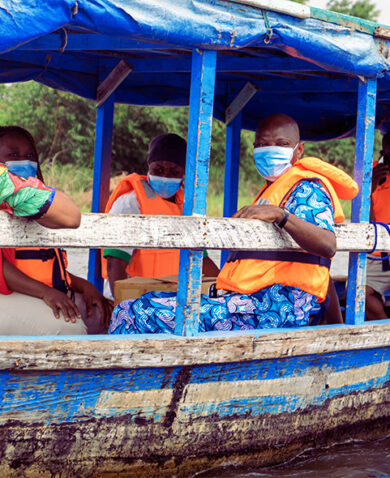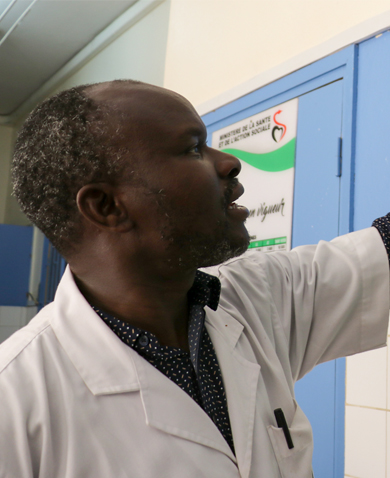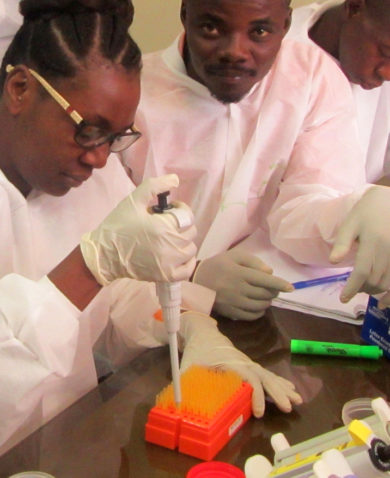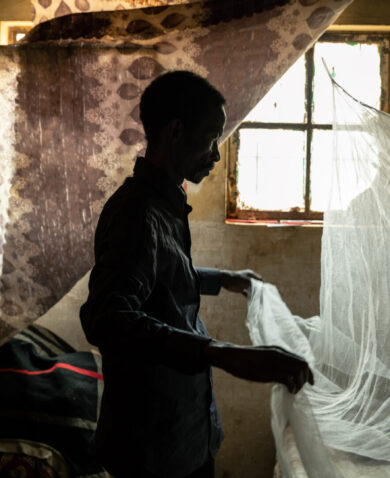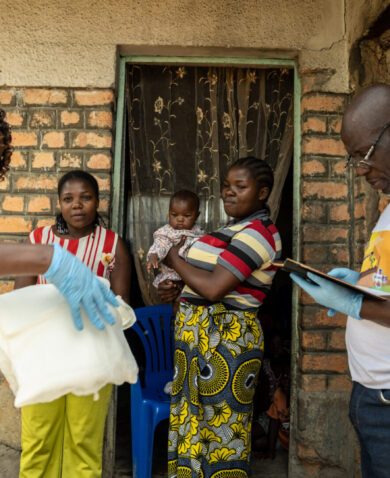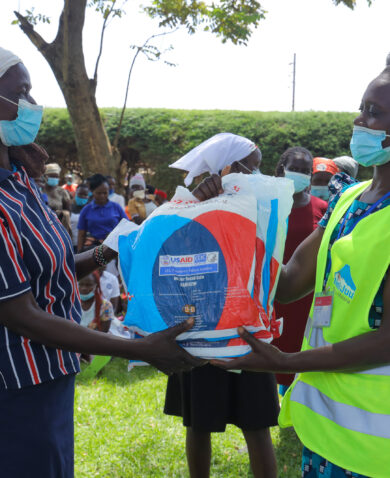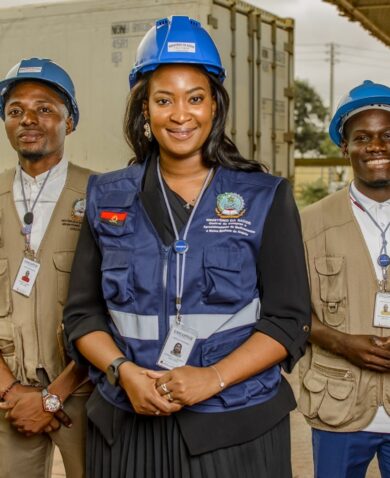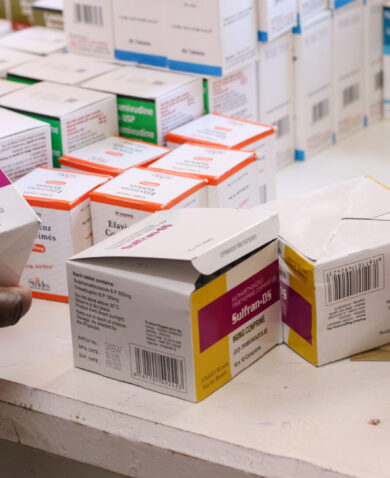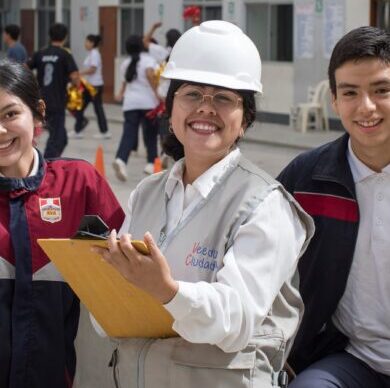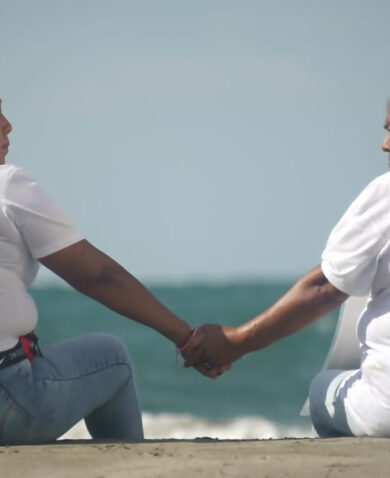As the global health community ponders how to ensure equitable availability of the vaccine, the following factors are critical in ensuring success:
1. Increase financial resources for vaccine roll-out: National malaria programs in low- and middle-income countries (LMICs) that are expected to benefit from the introduction and roll out of the malaria vaccine have been struggling to meet key malaria control intervention targets due to funding gaps. This is particularly the case in sub-Saharan Africa where most malaria cases and deaths occur, and these funding gaps have been exacerbated by the impact of COVID-19, which has resulted in health and economic crises in many of these countries. Given these challenges, it is unlikely that LMICs will have the domestic resources to support the procurement of vaccines, or the integration and distribution of donated vaccines. Earlier estimates suggested that it will cost $554 million to conduct child vaccinations in the 41 malaria countries in Sub-Saharan Africa in year one. Support of the global community is going to be necessary for a successful vaccination program. It is encouraging to see global initiatives such as Gavi, Unitaid, and the Global Fund who funded the pilots have welcomed the WHO recommendations and are currently considering whether and how to finance the malaria vaccination program in sub-Saharan Africa.
2. Enhance collaboration between national malaria and immunization programs: Distribution systems that are already part of countries’ national immunization programs can be leveraged in the deployment of the malaria vaccine to achieve high coverage. Strong collaboration between national malaria and existing immunization programs on this new vaccine are essential for developing holistic policies, successful and rapid vaccine roll-out, and monitoring results. Of note is the complex administration of RTS,S. The vaccine does not align totally with the WHO recommended routine immunization schedule for children. RTS,S should be administered to children at 5 months of age monthly for the first three doses with a fourth dose administered 15 to18 months after the third dose. These nuances must be accounted for while remaining coordinated under a larger national immunization program.
3. Bring services closer to those that need them: To ensure successful RTS,S introduction and coverage, greater investment in community health workers and community structures is necessary. COVID-19 weakened health systems, making the introduction of yet another intervention challenging. For example, global vaccine coverage dropped from 86% in 2019 to 83% in 2020 and an estimated 23 million children below the age of one year were not vaccinated. Nigeria and the Democratic Republic of Congo were among ten countries that contributed to 60 percent of the vaccination deficit. Interestingly, both countries also contribute to 39% of malaria cases globally. Anticipated campaign efforts to reach unvaccinated children in these two countries and others creates another opportunity to integrate and take RTS,S to the children who need it.
4. Build vaccine confidence using context-specific channels: Understanding the factors that will influence and build the trust of caregivers and guardians is essential for RTS,S uptake. Using this information, countries will need to develop and implement targeted and context-specific communication strategies. The efficacy levels demonstrate the imperfect nature of this vaccine, and improving confidence among recipients and health providers, despite these shortcomings, may be difficult. Carefully crafted messages are needed, and must convey the importance of using the vaccine alongside existing malaria interventions.
RTS,S is the latest intervention in the malaria toolkit and has the potential to save millions of lives, especially those of young children. The support of the global community to mobilize resources, coordination between existing national and regional programs to strengthen rollout, use of community health workers to expand reach, and targeted and appropriate communication strategies to increase uptake are all critical factors to the success of the new malaria vaccine. Without this support, RTS,S may not take off fully and progress against ending malaria will continue to be stalled.
Banner image caption: A school boy in Mozambique receives an insecticide-treated net to protect against malaria. The photo was taken by Mickael Breard on behalf of the USAID GHSC-PSM project.
Posts on the blog represent the views of the authors and do not necessarily represent the views of Chemonics.

